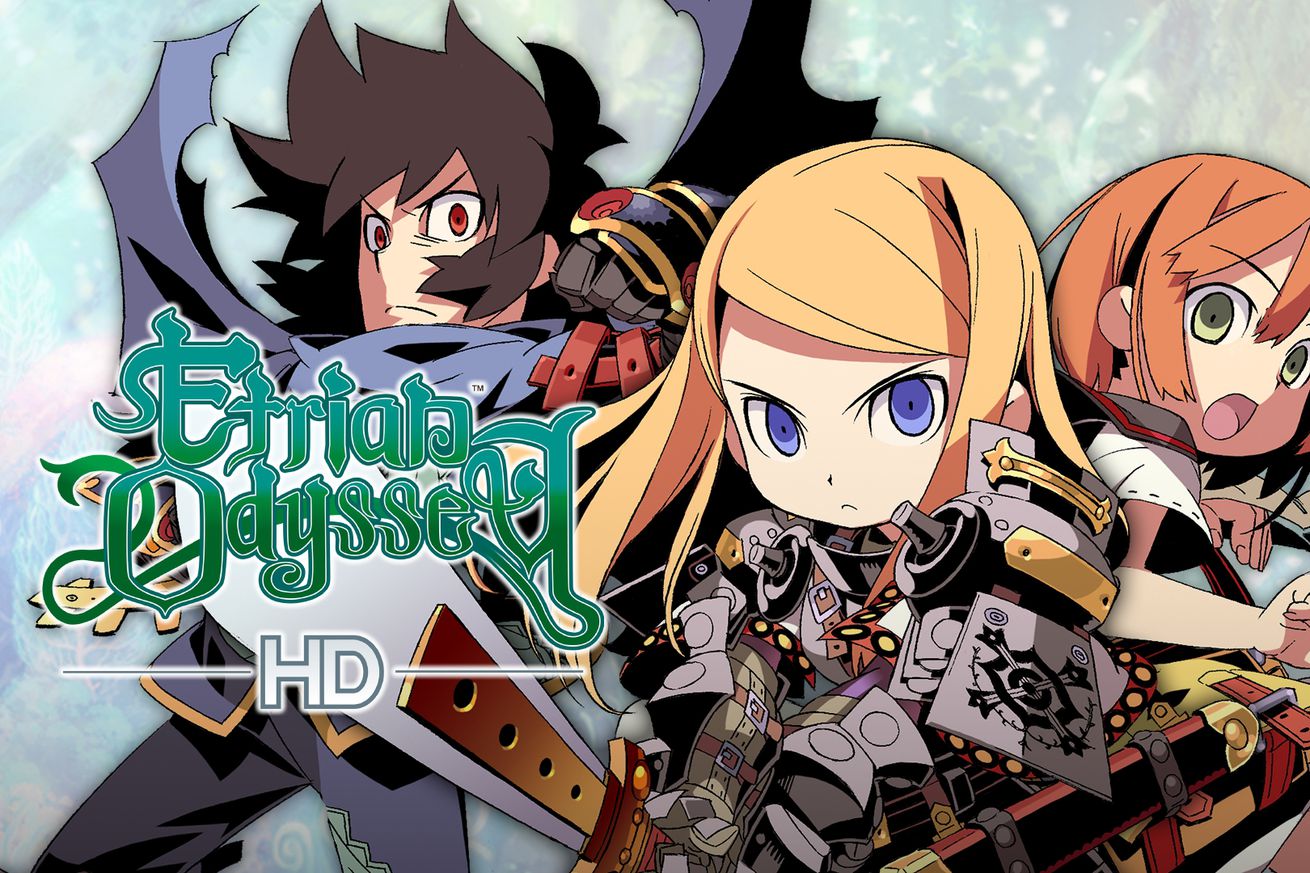
Etrian Odyssey’s new remaster makes me miss the Nintendo DS even more
When Nintendo discontinued the 3DS — and with it, the existence of dual-screen handhelds — I lamented the weird games we would no longer have. High up on that list was Etrian Odyssey: a line of dungeon-crawling role-playing games built explicitly with the handheld’s two screens in mind. They’re games where you fight your way through dangerous labyrinths and literally draw your own map to chart your progress. I had a hard time imagining playing them on any other platform.
Now, thanks to a remastered collection of the first three games for the Switch and PC (called the Origins Collection), I don’t have to imagine. And in a number of ways, these new versions are great, with the same fantastic gameplay coupled with beautiful visuals and music. It’s an opportunity for a whole new audience to enjoy them. But man, they sure do make me miss the DS.
For those who have yet to explore the depths of the Yggdrasil Labyrinth, the Etrian Odyssey games are almost entirely about exploration. You assemble a team of adventurers — each of whom fits into a class like dark hunter or alchemist — and then go about getting as far into the multi-floor dungeon as you can. There’s a bit of a story, but not much, as the satisfaction comes from slowly inching your way through the labyrinth, making as much progress as you can before having to go back to town for a rest and restock of your supplies.
As you kill beasts and sell their parts, you’ll open up new gear to purchase, and there are, of course, skill trees to make your squad stronger over time. I’ve played a number of hours of the original Etrian Odyssey’s remaster on the Switch, and the gameplay has aged beautifully. Only now, the art is crisp and clean, and there’s a refreshed soundtrack from legendary composer Yuzo Koshiro.
What really makes these games special, though, is the cartography element. In each game, the labyrinth you’ll explore is essentially undiscovered. No one gives you a map and tells you where to go. Instead, you have to literally draw the map as you go. On the DS, this was incredibly intuitive: the top screen displayed a first-person view of the dungeon, while the lower touchscreen was a grid where you could sketch out the map, noting all of its dead ends, twisting routes, and hidden secrets. On the Switch, it’s, well, not quite so intuitive. It looks like this:
Basically, around half of the Switch’s display is replaced by the map. You can either use buttons to draw the map or, if you’re playing in handheld mode, the touchscreen. I couldn’t get the hang of the buttons, but the touchscreen was, let’s say, serviceable. Using my finger wasn’t as satisfying as the DS’s stylus, and I found I often had to re-draw lines because they didn’t register the first (or second) time. It’s a small niggle, but when it’s such a big part of the game, it makes a difference.
That’s not to say that these remasters are bad — far from it. They do about as good a job as possible in presenting such a unique experience on a more traditional gaming platform. It’s just a really tough job. If you’ve never played an Etrian Odyssey before, you might not even mind much, and I’m hopeful more people are able to discover this absolutely engrossing franchise. But for series veterans, the new collection is yet another reminder of the loss of a weird, exhilarating period of gaming history.
The Etrian Odyssey Origins Collection is available now on the Nintendo Switch and PC.

